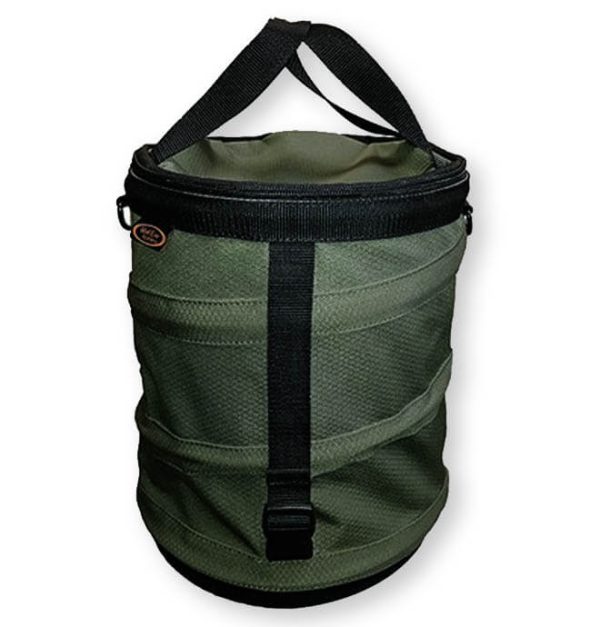

Some owners fail to recognize the signs of cold intolerance in their dog and push them beyond their limit.įalling through ice into cold water is another risk factor. This is the kind of person who might get lost in the winter, wander off the trail, or lack the supplies to spend a long duration outside. It might be because the owner is mistaken or improperly prepared. The first sign is a general weakness that affects mental activity. True hypothermia (a body temperature of less than 99 °) is a life-threatening situation and requires immediate veterinary attention. A dog that is normally jumping at the gate will be hunkered down inside. Dogs housed in kennels may refuse to come out of their area. Decreased olfaction results from constriction of vessels in the nasal passages as a result of lower temperatures. This can progress to the dog picking up a single limb intermittently or sitting down and refusing to continue. Signs of cold intolerance in our hunting breeds usually include: shivering, refusing commands, decreased efficacy of the task at hand, and refusing to carry on. Only repeated exposure to a certain temperature, at progressively increased lengths of times, can do that. That being said, it’s pretty certain from what we know that acclimation is not going to happen over the weekend. We don’t have a lot of data to look at in terms of how long it takes a dog to ‘acclimate’ to a certain temperature. If a dog is not acclimated and the hunter is not prepared, hypothermia becomes a real risk for your dog A veterinarian well-versed in the nutritional needs of working dogs will be able to outline the ideal feeding plan for these dogs. Owners who have dogs that spend a lot of time in the cold may find that food requirements increase with the cold. Feeding them adequately means they’ll have the right amount of fat storage to utilize in colder temperatures.Īgain, each individual dog’s needs determines what this looks like. For our dogs, that generally means continuing to work them year-round in order to preserve muscle mass. As a result, work requirements need to be tailored to the life-stage of the animal.Ĭonditioning in both the physical and nutritional form drastically improves a dog’s ability to reach its peak performance in cold weather. Extremes in age can also have a negative impact on an animal’s ability to thermoregulate in extreme environments. We know that our Labrador Retrievers are perhaps better suited for wetter and colder climates than our thin-coated Pointers. In general, these factors include breed, age, nutritional status, overall health, conditioning status and coat quality and type. Think snow, freezing rain, and howling winds. There are a number of factors that contribute to a dog’s ability to withstand cold temperatures or winter weather. Paisley and I on the fateful day (after she perked back up)Įvery dog responds to the cold differently. That day, I vowed to pay closer attention and to alway be prepared. We had to carry her back to the truck through snow drifts, where finally some water, a snack, and a warm vehicle revived her. Running her proverbial heart out through the deep snow, with the excitement of live birds, was too much for her that day. Pretty soon, she was off lying down in a snowbank and wouldn’t get back up. I will admit that we should have read the signs sooner before we asked her to carry on. But a few hours into the hunt, our tough-as-nails German Shorthaired Pointer was starting to struggle, wobbling and slowing down. The sun, however, was shining and we were going on a hunting date to take advantage of it. A couple feet of snow covered the ground and the temperature hovered around 10 ° Fahrenheit. I remember a vivid afternoon (on Valentine’s Day…who doesn’t love a Valentine’s Day pheasant hunt?) where my husband and I took our dog Paisley out for a few hours. With this in mind, it’s important to be prepared-and this absolutely includes our dogs. And no matter where you are, cold conditions can get the upper hand on us. But as we’ve seen, especially this year, climates don’t always fulfill our expectations. If you don’t, you still might be one of those people who travels to colder climates specifically to work your dog there during the winter months. New England Grouse Shooting, by William Harnden Fosterīeing prepared to care for your hunting dog when cold weather affects us in the fieldĭepending on where you are in the country, you might spend a lot of time in cold temperatures with your dog.The Upland Shooting Life, by George Bird Evans.


 0 kommentar(er)
0 kommentar(er)
